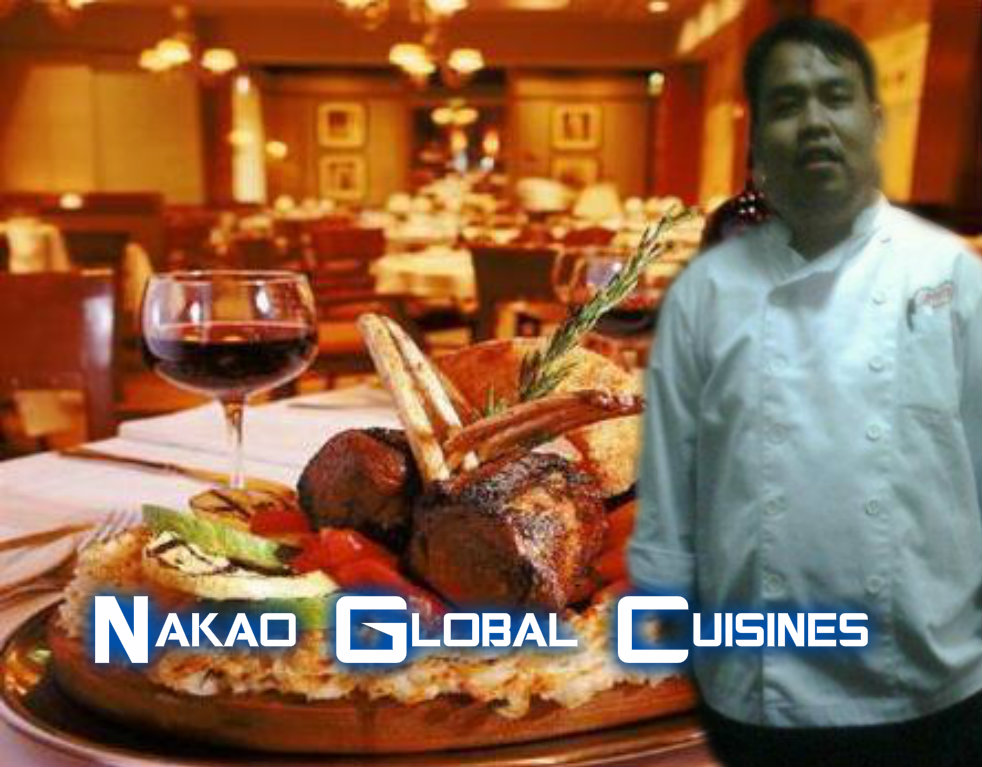East Asia / China
Chinese cuisine has become widespread throughout many other parts of the world — from Asia to the Americas, Australia, Western Europe and Southern Africa. In recent years, connoisseurs of Chinese cuisine have also sprouted in Eastern Europe and South Asia. American Chinese cuisine and Canadian Chinese food are popular examples of local varieties. Local ingredients would be adopted while maintaining the style and preparation technique.
Traditional Chinese cuisines include Anhui, Cantonese, Fujian, Hunan, Jiangsu, Shandong, Szechuan, and Zhejiang, all of which are defined and termed per the respective regions within China where they developed. These regional cuisines are sometimes referred to as the "eight culinary traditions of China." A number of different styles contribute to Chinese cuisine, but perhaps the best known and most influential are the Szechuan, Shandong, Jiangsu and Guangdong cuisines. These styles are distinctive from one another due to factors such as available resources, climate, geography, history, cooking techniques and lifestyle. Many Chinese traditional regional cuisines rely on basic methods of food preservation such as drying, salting, pickling and fermentation.
Indian cuisine has contributed to shaping the history of international relations; the spice trade between India and Europe is often cited by historians as the primary catalyst for Europe's Age of Discovery. Spices were bought from India and traded around Europe and Asia. It has also influenced other cuisines across the world, especially those from Southeast Asia, the British Isles and the Caribbean.
Indian cuisine consists of the foods and dishes of India (and to some extent neighboring countries), is characterized by the extensive use of various Indian spices and vegetables grown across India, herbs, vegetables and fruits, and is also known for the widespread practice of vegetarianism in Indian society. Indian regional cuisine is primarily categorized at the regional level, but also at provincial levels. Cuisine differences derive from various local cultures, geographical locations (whether a region is close to the sea, desert or the mountains), and economics. Indian cuisine is also seasonal, and utilizes fresh produce.
The cuisine of India is very diverse with each state having an entirely different food platter. The development of these cuisines have been shaped by Hindu and Jain beliefs, in particular vegetarianism which is a common dietary trend in Indian society. There has also been Islamic influence from the years of Mughal and Delhi Sultanate rule, as well as Persian interactions on North Indian and Deccani cuisine.Indian cuisine has been and is still evolving, as a result of the nation's cultural interactions with other societies.
Historical incidents such as foreign invasions, trade relations and colonialism have also played an important role in introducing certain food types and eating habits to the country. For instance, potato, a staple of North Indian diet was brought to India by the Portuguese, who also introduced chillies and breadfruit among other things.Indian cuisine has also shaped the history of international relations; the spice trade between India and Europe is often cited by historians as the primary catalyst for Europe's Age of Discovery. Spices were bought from India and traded in exchange for rubber and opium from Malacca. It has also influenced other cuisines across the world, especially those from Southeast Asia, the British Isles and the Caribbean.
North America / United States
American cuisine is a style of food preparation originating from the United States of America. European colonization of the Americas yielded the introduction of a number of ingredients and cooking styles to the latter. The various styles continued expanding well into the 19th and 20th centuries, proportional to the influx of immigrants from many foreign nations; such influx developed a rich diversity in food preparation throughout the country. Native American cuisine includes all food practices of the indigenous peoples of the Americas. Modern-day native peoples retain a rich body of traditional foods, some of which have become iconic of present-day Native American social gatherings.
Source : Wikipedia.














